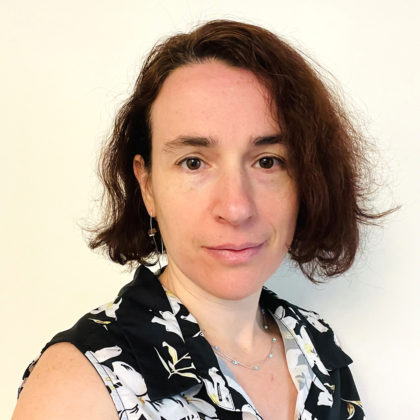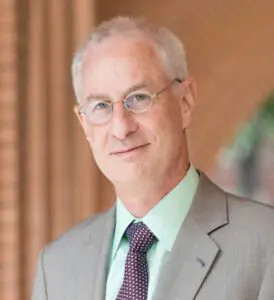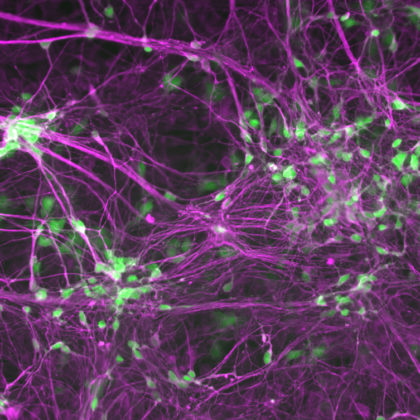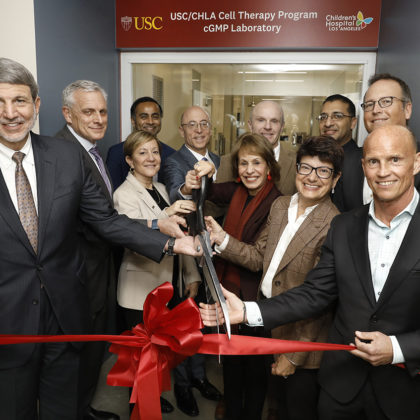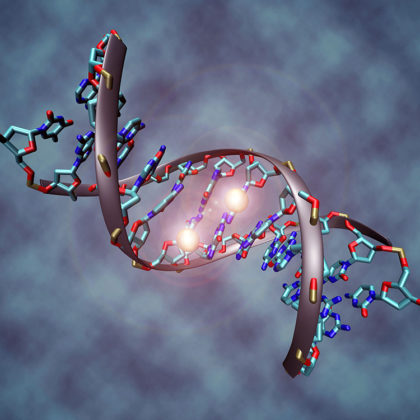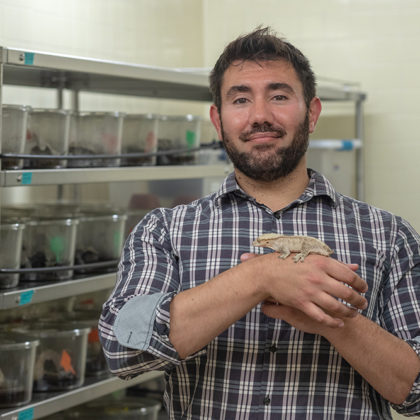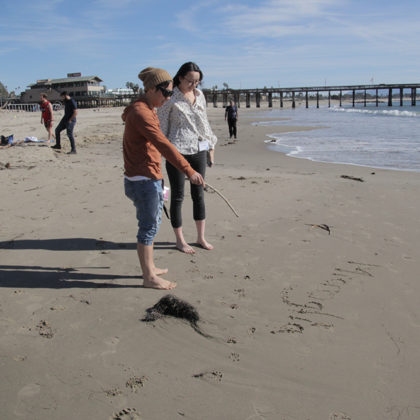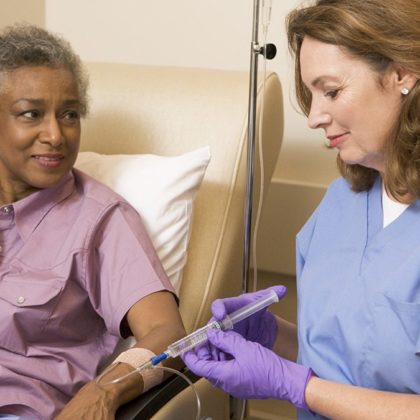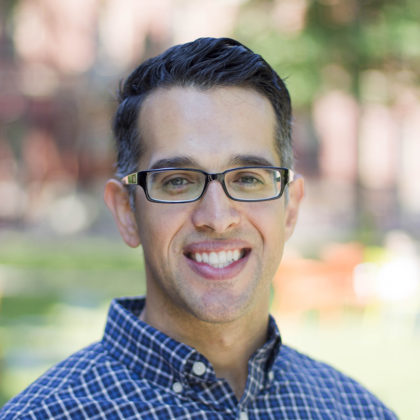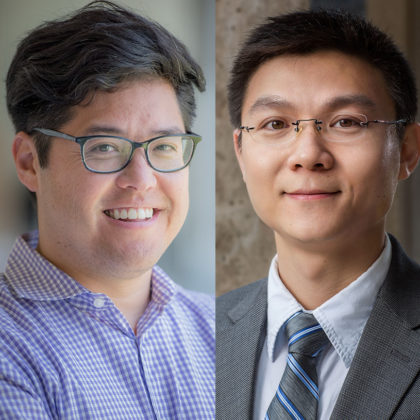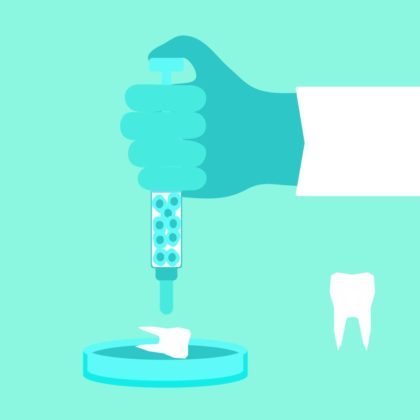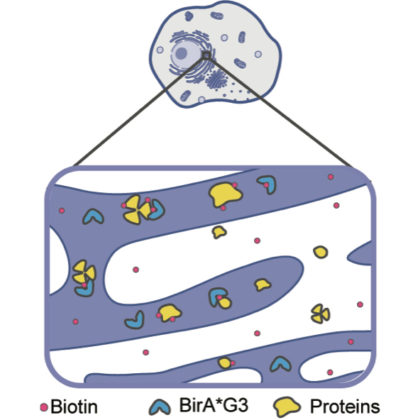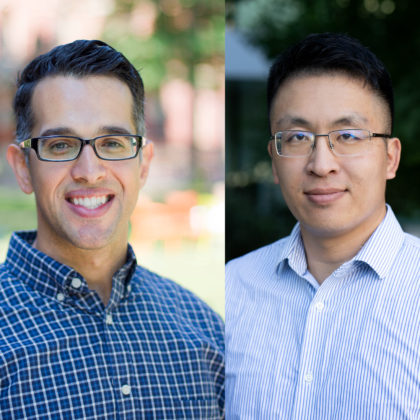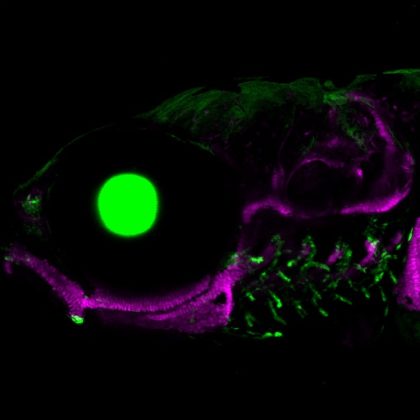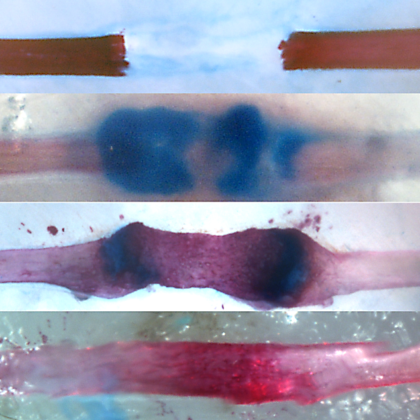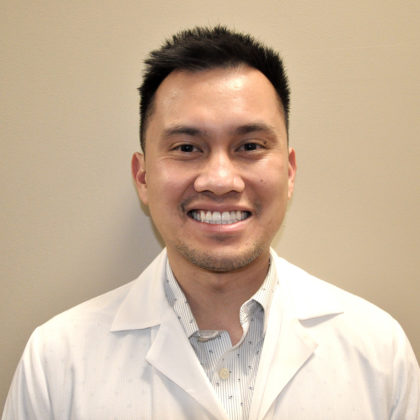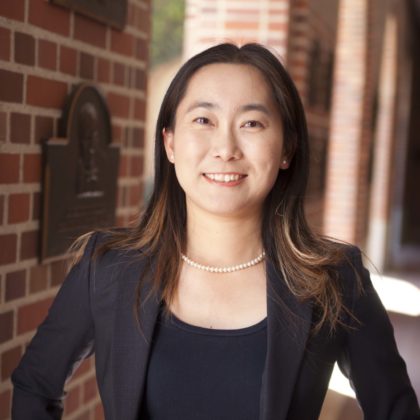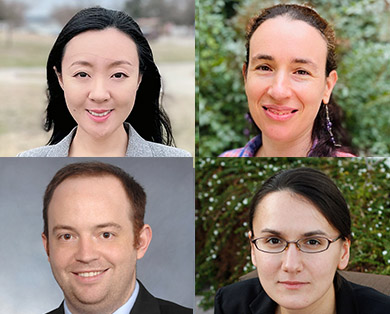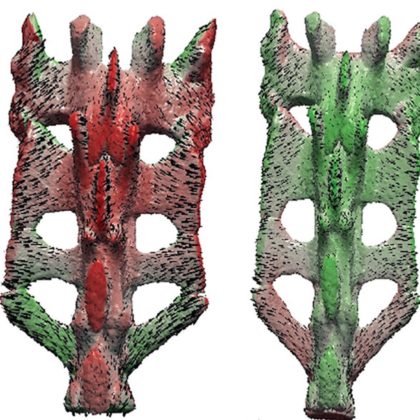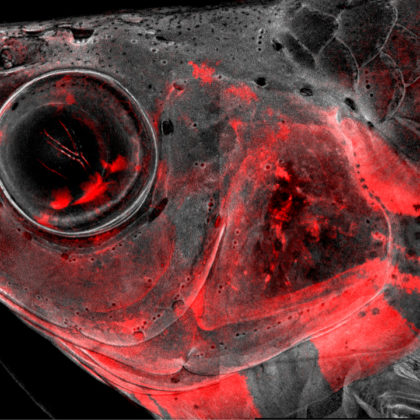For USC Stem Cell scientist Yulia Shwartz, science gives her goosebumps
When USC Stem Cell scientist Yulia Shwartz experiences the thrill of scientific discovery, she often thinks of a line that Charles Darwin wrote in The Voyage of the Beagle: “every traveller must …
Pinchas Cohen named USC Distinguished Professor
Pinchas Cohen, dean of the USC Leonard Davis School of Gerontology, has been named a Distinguished Professor, an honor that is granted to a select group of USC academics each year. “These …
USC Stem Cell-led studies point the way to broadly effective treatments for ALS
Each year in the U.S., 5,000 patients receive a diagnosis of ALS, an incurable neurodegenerative disease that will likely kill them within two to five years. In the quest to find a …
New USC/CHLA cGMP Lab opens to accelerate next-generation cell therapy
A new laboratory designed to advance early-stage research into lifesaving, commercially viable therapies was celebrated on the USC Health Sciences Campus Tuesday night. Housed at the USC Norris Comprehensive Cancer Center, the …
How to rewind the clock on arthritic cartilage … stat!
A new study in Aging Cell describes how a key protein, called Signal Transducer and Activator of Transcription 3 (STAT3), might turn back the clock on aging cartilage that leads to osteoarthritis. …
A Tale of tails: How reptile regeneration could help humans
“I’ve always been interested in science and in lizards. I got my first pet lizard when I was around 4 years old, and it was love at first sight,” says Thomas Lozito, …
Scientists feel the sand between their toes at the retreat for USC’s stem cell department
A pair of young scientists picked up a piece of driftwood and thoughtfully traced a series of letters in the wet sand of Ventura Beach. The word “microglia”—referring to the immune cells …
USC and CHLA awarded $8 million to expand access to cell and gene therapy clinical trials
The California Institute for Regenerative Medicine (CIRM), the state’s stem cell agency, has awarded a five-year, $8 million grant to the Keck School of Medicine of USC and Children’s Hospital Los Angeles (CHLA). …
USC Stem Cell scientist Albert Almada receives a grant from the American Federation for Aging Research (AFAR) and Glenn Foundation for Medical Research
Most senior citizens don’t have bulging biceps. USC Stem Cell scientist Albert Almada is uncovering the reasons why with support from a $125,000 grant from the American Federation for Aging Research (AFAR) …
USC Stem Cell scientists Justin Ichida and Zhongwei Li receive NIH Director’s Awards
It’s hard to obtain research funding for safe ideas, and it’s even harder to find funding for risky ones. But thanks to the National Institutes of Health (NIH) Director’s Awards, USC Stem …
Figuring out how teeth are built, one cell at a time
USC researchers look inside teeth to figure out how we might regenerate teeth in the future. TEETH ARE MARVELOUSLY COMPLICATED structures — and the way they develop is also complex. The majority …
This mouse can’t keep a secret about the “secretome”
The “secretome” refers to proteins that are secreted by a cell, a tissue or an organism. In a new study published in Open Biology, USC Stem Cell scientist Andy McMahon and his …
The Baxter Foundation celebrates promising research in muscle loss and pediatric cancer
For more than 60 years, the Donald E. and Delia B. Baxter Foundation has supported innovative biomedical research at the Keck School of Medicine of USC, each year granting $100,000 awards to …
How did vertebrates first evolve jaws?
Five-hundred million years ago, it was relatively safe to go back in the water. That’s because creatures of the deep had not yet evolved jaws. In a new pair of studies in …
For large bone injuries, it’s Sonic hedgehog to the rescue
A USC Stem Cell study in NPJ Regenerative Medicine presents intriguing evidence that large bone injuries might trigger a repair strategy in adults that recapitulates elements of skeletal formation in utero. Key …
Where are they now? Stem cell master’s program alumnus Nelson Poliran, Jr., a dentist in rural New Mexico
In this series of alumni profiles, we highlight graduates of USC’s master of science program in stem cell biology and regenerative medicine. Our accomplished alumni have pursued many different paths—ranging from a …
Ostrow faculty member Jian Xu does craniofacial biology with heart
The researcher was recently promoted to the rank of Associate Professor of Dentistry with tenure. TO SOME, IT MIGHT SEEM UNUSUAL that Jian Xu, whose PhD research focused on cardiac hypertrophy and …
Stem cell scientists explore the mysteries of regeneration at the Junior Faculty Candidate Seminar and Symposium
How can we regenerate tissues that are damaged, lost or diseased in the human body? This was the central question driving the four scientists who presented their research at the Junior Faculty …
Arthritis-related gene also regenerates cartilage in joints and growth plates
The IL-6 family of proteins has a bad reputation: it can promote inflammation, arthritis, autoimmune disease and even cancer. However, a new USC-led study published in Communications Biology reveals the importance of …
A crowning achievement in understanding head development
Cranial neural crest cells, or CNCCs, contribute to many more body parts than their humble name suggests. These remarkable stem cells not only form most of the skull and facial skeleton in …
